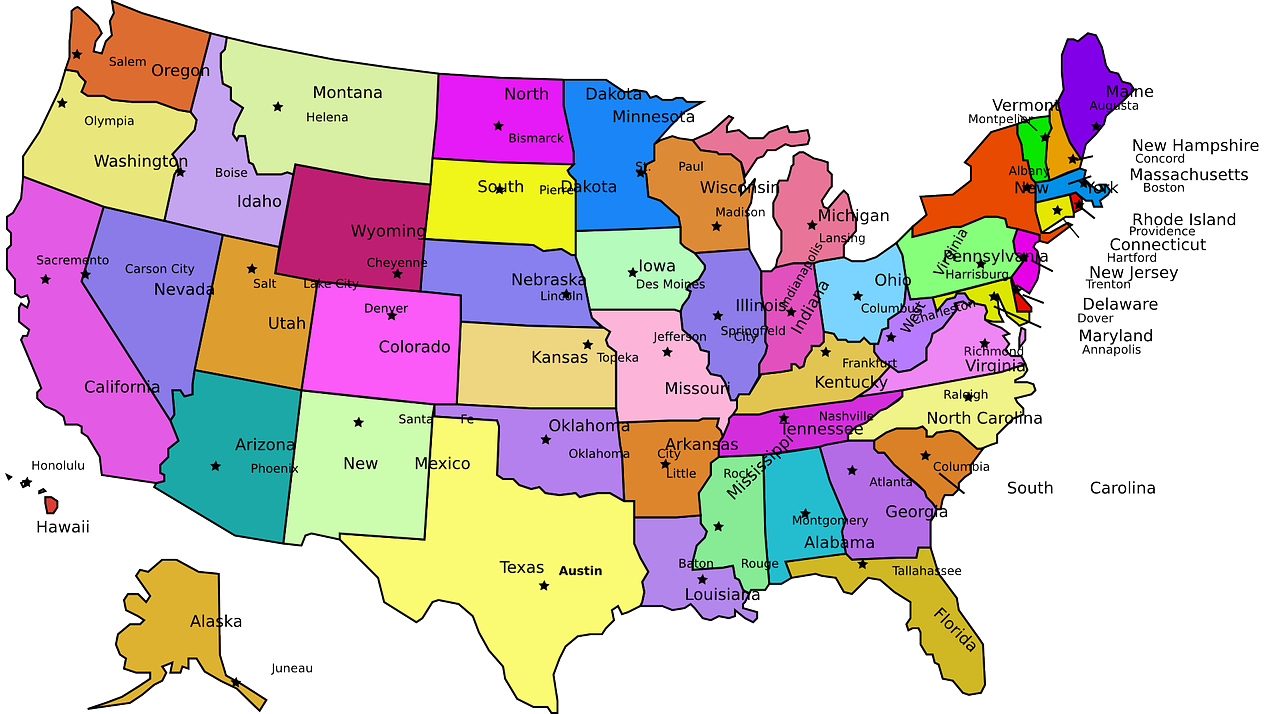- Out of four scenarios forecasted by Pew, three show Christians dropping below 50% of the U.S. population by 2070.
- In the most plausible scenario, per Pew, the non-religious population makes up 48% of the U.S. by 2070.
- Christians will account for 39% of the population by 2070 in the most plausible scenario.
Projections indicate Christians could lose majority status in the United States by 2070, according to modeling released by the Pew Research Center Tuesday.
The study modeled four different hypothetical scenarios, each one representing a different rate of “switching,” which the Pew Research Center defined “as a change between the religion in which a person was raised (in childhood) and their present religious identity (in adulthood).”
Pew said its models examined a scenario in which switching rates remain the same, two scenarios in which switching rates speed up, and one scenario in which switching rates halt completely.
The number of Americans who identify as agnostic, atheist or don’t affiliate with a particular religion has grown dramatically since the 1990s, according to the research center.
Previously:One in four Americans identify as ‘Nones.’ Why are millions leaving organized religion?
Each scenario begins with the nation’s religious make-up in 2020, as estimated by the Pew Research Center: 64% Christian, 30% unaffiliated and 6% members of all other religions.
Christians make up less than 50% of the country by 2070 in three of the four scenarios.
Scenario No. 1: Christian population no longer majority, retains plurality
In this scenario, young Americans (aged 15-29) leave and join Christianity and other religions at similar rates observed in recent years. The share of Christians diminishes by a few percentage points every generation, according to Pew Research Center, eventually falling below 50% by 2060 and landing at 46% by 2070. Still, they represent the largest religious group in the country.
Members of other religions rise to 13% of the population by 2070, while 41% of the United States will have no religious affiliation in this scenario.
Scenario No. 2: Nearly half of US religiously unaffiliated by 2070
Young Americans progressively switch out of Christianity with each generation before the rate begins to slow in this scenario.
Here, Christians fall below 50% of the population by 2050 and to 39% by 2070. The percentage of Americans who have no religious affiliation rises to 48% by 2070 and the percentage of Americans who are members of non-Christian religions creeps up to 12%.
Scenario No. 3: US mostly secular by 2070
By 2070, 52% of Americans will not pertain to any religion in this scenario, in which switching rises at a constant rate. The percentage of Americans who are Christians drops to 35% and the percentage of Americans who belong to a non-Christian religion make up the remaining 12%.
Scenario No. 4: Christianity retains slim majority by 2070
This scenario appears unrealistic based on recent trends, as it assumes that Americans abruptly stop leaving religion after 2020.
Even still, Christianity would see a 10% decline by 2070 as older American Christians die, according to Pew Research Center. The religiously unaffiliated would make up 34% of the country and members of other religions would make up 12%.
SCOTUS ruling:Supreme Court temporarily lets Jewish university refuse LGBTQ student group
Which scenario is the most likely?
Pew Research Center said scenario No. 2, which sees Christianity dip below 50% of the population by 2050 and to 39% by 2070, “best illustrates what would happen if recent generational trends in the U.S. continue, but only until they reach the boundary of what has been observed around the world, including in Western Europe.”
Data from dozens of countries around the world show that most people aged 30 to 49 who reported being raised Christian are still Christian, meaning that the Christian retention rate in those countries has not not fallen below 50%, according to Pew Research Center. Scenario No. 2 models for a Christian retention rate of 50% or above in the U.S.
Pew noted every scenario assumed current demographic trends – migration, births and deaths – remained constant.
‘There’s no perfect institution’:‘Honk for Jesus. Save Your Soul’ takes on the Black church

